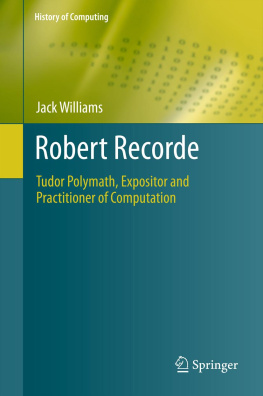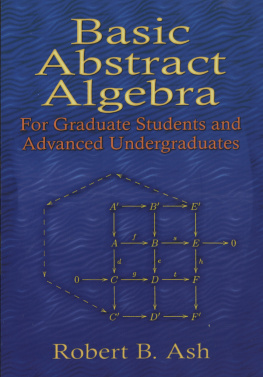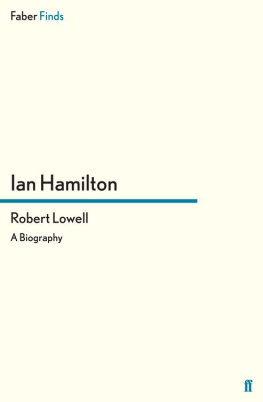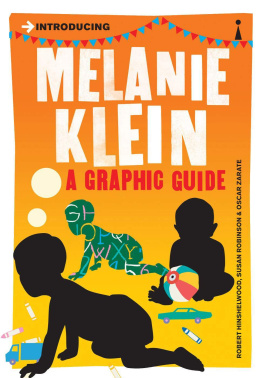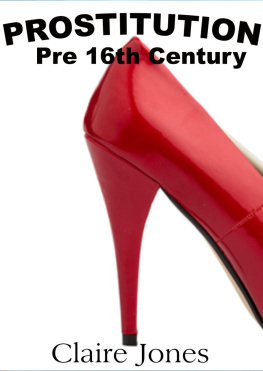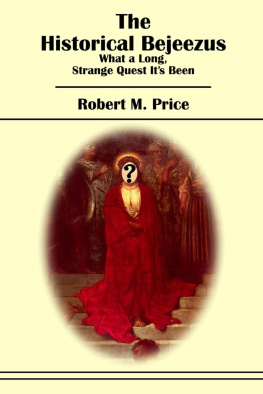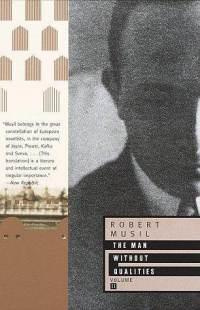Jack Williams History of Computing Robert Recorde Tudor Polymath, Expositor and Practitioner of Computation 10.1007/978-0-85729-862-1_1 Springer-Verlag London Limited 2011
1. A Chronology
Abstract
Son of a respected merchant, Robert Recorde was born in the small port of Tenby, Pembrokeshire, circa 1510. Following graduation at Oxford, he obtained a license to practise medicine. This he did for 12 years and was made a Doctor of Physicke by Cambridge University in 1545. By this time he had begun to move in circles close to the Crown and in 1549 received the first of a number of Crown appointments involving him successively as iron-founder, comptroller of three Royal Mints and extraction metallurgist. Starting in 1543, over a period of some 15 years he produced a succession of books written in English, one on Urology and four on mathematical topics. These latter formed the foundation of the English school of practical mathematics whose influence extended well into the next century. His interests as an antiquary made him one of a select band of intellectuals who saved collections of manuscripts by English authors from potential destruction during the Reformation. Fluent in Greek and Latin he was also an Anglo-Saxon scholar. His introduction of the mathematical sign for equality is well recognised: he also introduced a sizeable mathematical vocabulary still in current use. His theological texts have not survived. He died in a debtors prison in 1558 following imposition of a massive fine for libelling William Herbert, Earl of Pembroke.
One of the defining show trials of the reign of Edward VI was that of Stephen Gardiner, Bishop of Winchester. Gardiner was the leading English religious conservative of his time. As such he urged Protector Somerset, privately, to avoid religious innovation during the minority of Edward VI. He also made his views increasingly public, to the embarrassment of the regime. To resolve the situation he was asked by the Privy Council to preach a sermon endorsing the religious policy of the regime. He delivered his sermon before King and Court on 29 June 1548, but stopped short of compliance with his instructions on a number of issues. He was re-imprisoned, during which time further unsuccessful attempts were made to bring him to heel. Gardiner was then brought to trial at Lambeth on 15 December 1550. Depositions relating to the content of the sermon of 1548 were made by members of the Privy Council and their officials, members of the kings court and divines. Twelfth in the list of depositions was one by a Dr Robert Record, doctor of physicke of the age of 38 years or thereabouts. A boy from Tenby had travelled a long way geographically, socially and intellectually in his 38 years.
We do not know for certain that Robert was born in Tenby, but it is highly likely that he was, for his family had been resident there for some time. The genealogy of the Recorde family of St. Johns by Tenby, found in Dwnns Heraldic Visitations, is based on evidence given in 1597 by persons unspecified, but presumably by family members still living there. The Recorde family was thus deeply bedded in the community of Tenby from well before Robert Recordes birth and became even more so after his death.
Supporting genealogical information comes from Robert Recordes will. This is given in full in . Probate was dated 18 June 1558. Robert Recorde predeceased both his mother, who being widowed had married again, and also his older brother and only sibling Richard. His nephew, also called Robert was to profit greatly from his uncles estate, eventually. His nieces Alice and Rose also received minor bequests. His brother and nephew were named as executors.
Nothing is known of his youth. How he obtained an education adequate to enter Oxford is a matter for speculation rather than one of record. There is no evidence of the existence of lay schools in the vicinity of Tenby and its church was not collegiate, in the formal sense of that designation. There is the possibility of a modest chantry school being available. The Churchs monopoly of school-keeping was challenged progressively in the larger towns during the fifteenth century as a result of the increasing demands of commerce for such competences. In time, as a result, founders of chantries, hospitals, almshouses, began to make teaching the duties of clerks or chaplains of their foundations.
The Church of St. Mary the Virgin, Tenby, was one of the largest parish churches in Wales. It doubled in size during the fifteenth century following the increased affluence of the town resulting from its maritime trading activities. The last additions of the century were those of a West door with having a large cruciform porch with windows inserted into the structure and a college, erected close by. Although in ruinous condition, substantial portions of these two structures were still in existence at the beginning of the nineteenth century, when they were examined and sketched by Charles Norris. In 1657/1658 payment for repair of the church windows and those of the Schoolehouse was recorded. In 1831 the porch was completely demolished despite a public protest by Norris that the Corporation of Tenby lately destroyed a venerable edifice, occasionally used as a private school, standing in the churchyard. When the rubble from this demolition was being cleared a piece of stone was recovered bearing the inscription
M.... cum collegio annexo Fundavit
et Brigittae anno 1496 retribuat ei
It was mounted inside the church in St. Thomas Chapel in 1868. This inscription had been recorded in its original position in the West porch by Norris during in his earlier inspection and sketching of the Church. Two doorways of the college, a two storied building, still survive. The Latin inscription Bessed be God in his gifts is to be found on their arches, echoing those on the existing West doorway and also on the original West Porch doorway. The function of the college can only be guessed at, but it may have provided housing for the chantry priests who served the three chantry chapels. It is not known whether or not the original terms of their endowment included some stipulation regarding teaching. All three chapels formed part of the fifteenth century expansion and therefore were probably funded by municipal monies. The interaction between town and church was strong. One of the chantry endowments payments was channelled through the Mayor. From 1484, together with the Corporation he also had oversight of the two Hospitals of St. John and of Magdalen with their almshouses that were associated with the Church. If the Corporation wanted the chantry priest to teach, then it seems highly likely they would get their way. Thomas Recorde became Mayor in 1519.
It is possible therefore that Roberts early education was begun in either or other or both the West porch and the College. Wherever he was taught, teaching would have comprised Latin grammar and probably writing, but not arithmetic. However, whether attending school or church services, the young Recorde could not have avoided seeing the date of the foundation of porch and college on the inscription, written in Hindu-Arabic numbers. This is an extremely early example of the public use of such symbols and highly unusual. If his father or his business associates kept accounts, unless they were from the mainland of Europe they would have used Roman numerals. With a mind as inquisitive as Robert Recordes would eventually prove to be, the strangeness of the inscription could not have failed to have had an impact on him. The practical value of such symbols in this specific application would have been obvious. Twelve Roman numbers would have been needed to express the date in comparison with the four actually used. Perhaps this would have been explained to Robert. But whose idea and competence was it that led to the innovation? Was it a priest or a merchant, native or foreign? Was the same person available to teach the young Recorde? This early experience could have provided the start of Recordes interest in the subject and initiated the seminal role he played in establishing arithmetic based on the Hindu-Arabic numbers in England. Appropriately, Recordes modern bust now faces the inscription 1496 which is installed on the wall across the floor of the chapel they jointly inhabit.

